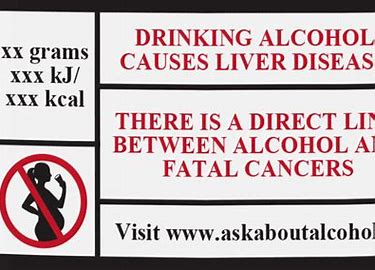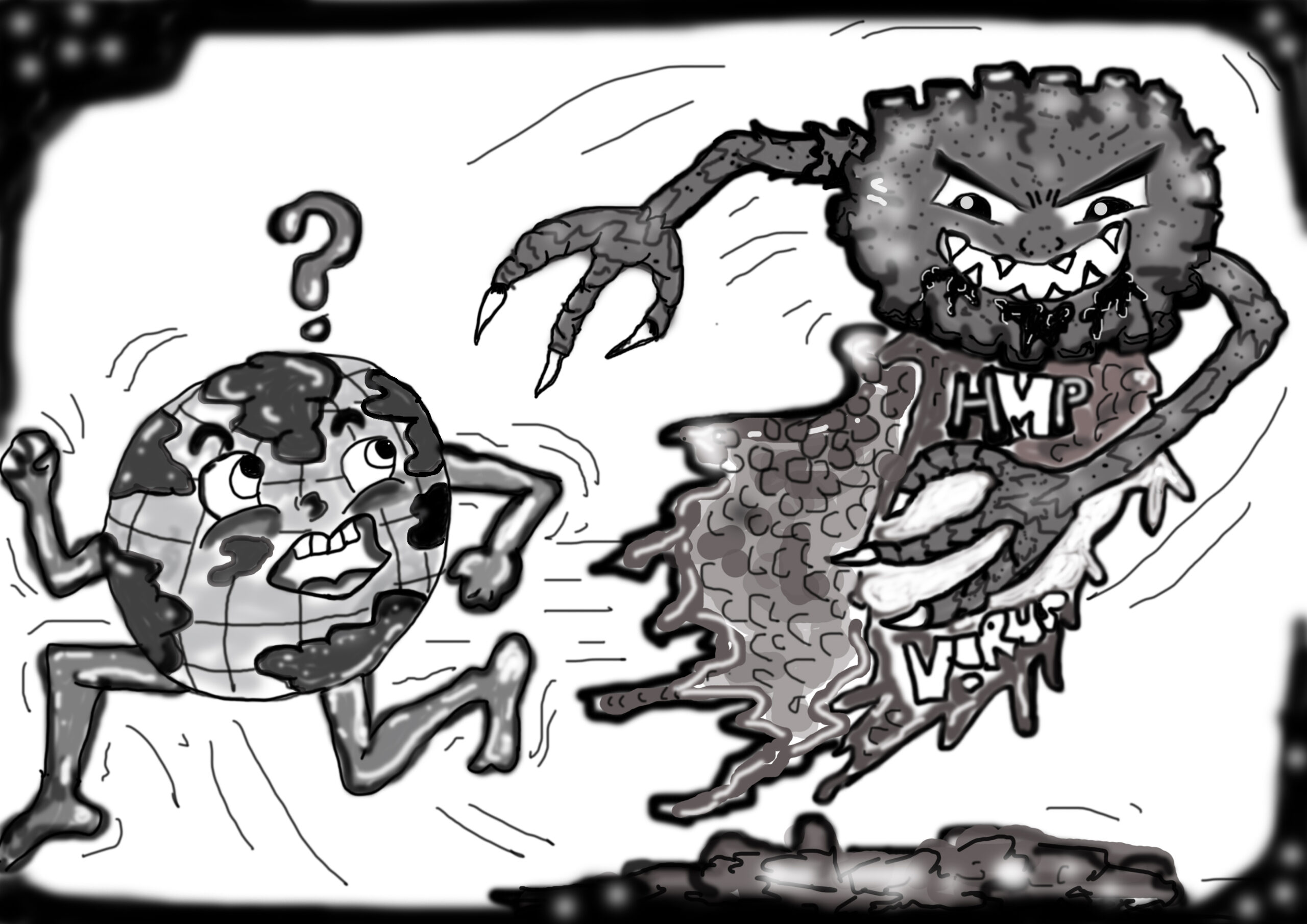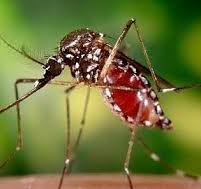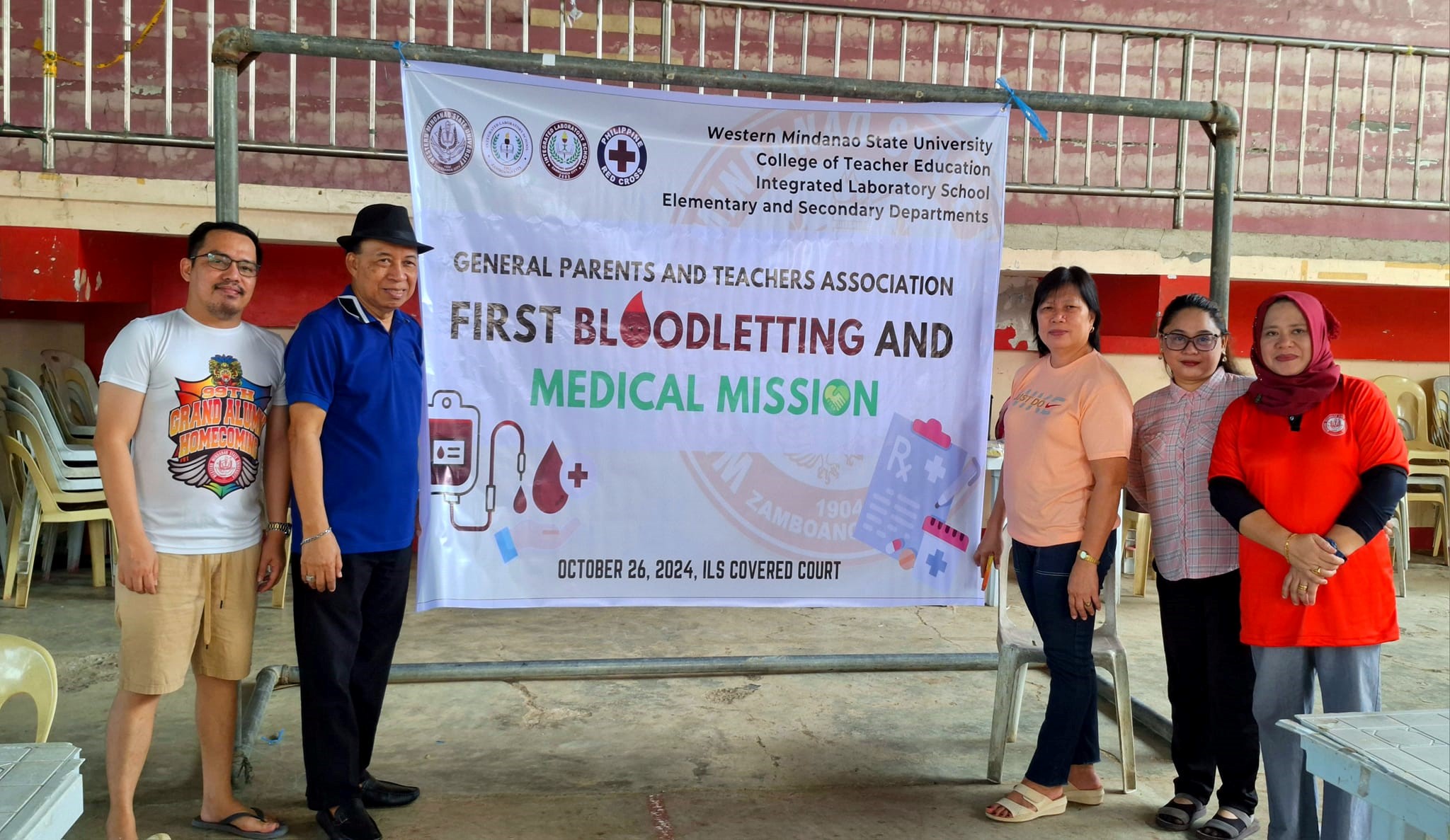Luke Allen – Military Political Analyst – Makati, Manila – lukeallenmanila@journlist.com
In a world where heart disease remains a leading cause of death, understanding the symptoms of a heart attack and knowing how to respond promptly can mean the difference between life and death. A heart attack, also known as a myocardial infarction, occurs when blood flow to a part of the heart is blocked for a prolonged period, leading to damage or death of the heart muscle. Recognizing the signs early and seeking immediate medical attention is crucial for increasing the chances of survival and minimizing long-term damage.
**Symptoms of a Heart Attack:**
The symptoms of a heart attack can vary from person to person, and they may not always be sudden or intense. Common signs of a heart attack include:
1. **Chest Pain or Discomfort:** One of the most common heart attack symptoms is chest pain or discomfort. It may feel like pressure, tightness, squeezing, or aching in the chest that may come and go.
2. **Upper Body Discomfort:** Pain or discomfort in one or both arms, the back, neck, jaw, or stomach can also indicate a heart attack.
3. **Shortness of Breath:** Feeling short of breath, especially with or without chest discomfort, is another warning sign of a heart attack.
4. **Cold Sweat, Nausea, or Lightheadedness:** Some people may experience cold sweats, nausea, lightheadedness, and other heart attack symptoms.
5. **Other Signs:** Other possible symptoms include fatigue, dizziness, or a feeling of impending doom.
It is important to note that women may experience different or atypical symptoms compared to men, such as nausea, vomiting, or back or jaw pain. Ignoring these symptoms or dismissing them as indigestion or anxiety can be life-threatening.
**Actions to Take if Someone is Having a Heart Attack:**
If you suspect that someone is having a heart attack, it is crucial to act quickly and decisively. Here are the steps you should take:
1. **Call Emergency Services:** The first and most crucial step is to call emergency services or the local emergency number, such as 911. Time is of the essence during a heart attack, and early intervention can save lives.
2. **Stay Calm and Reassure the Person:** While waiting for emergency medical services to arrive, stay calm and reassure the person experiencing the heart attack. Please encourage them to rest in a comfortable position and avoid any strenuous activity.
3. **Help Them Take Medications:** If a healthcare provider has prescribed nitroglycerin, help the person take it as instructed.
4. **Perform CPR if Necessary:** If the person becomes unresponsive and stops breathing, if you are trained, be prepared to perform cardiopulmonary resuscitation (CPR). CPR can help maintain blood flow to vital organs until medical help arrives.
5. **Do Not Delay Seeking Help:** Avoid delaying seeking medical assistance. Even if you are unsure whether the person is having a heart attack, it is better to err on the side of caution and seek immediate medical attention.
Recognizing the symptoms of a heart attack and taking swift action can significantly improve the outcome of someone experiencing this life-threatening event. Knowing the signs and how to respond effectively can help save lives. Learn CPR because you never know when a friend or loved one may need your help.
To learn more or to find out where to take a class, contact Health Force Philippines. Tel:+639171180484 (Globe) Email:info@healthforceph.com















